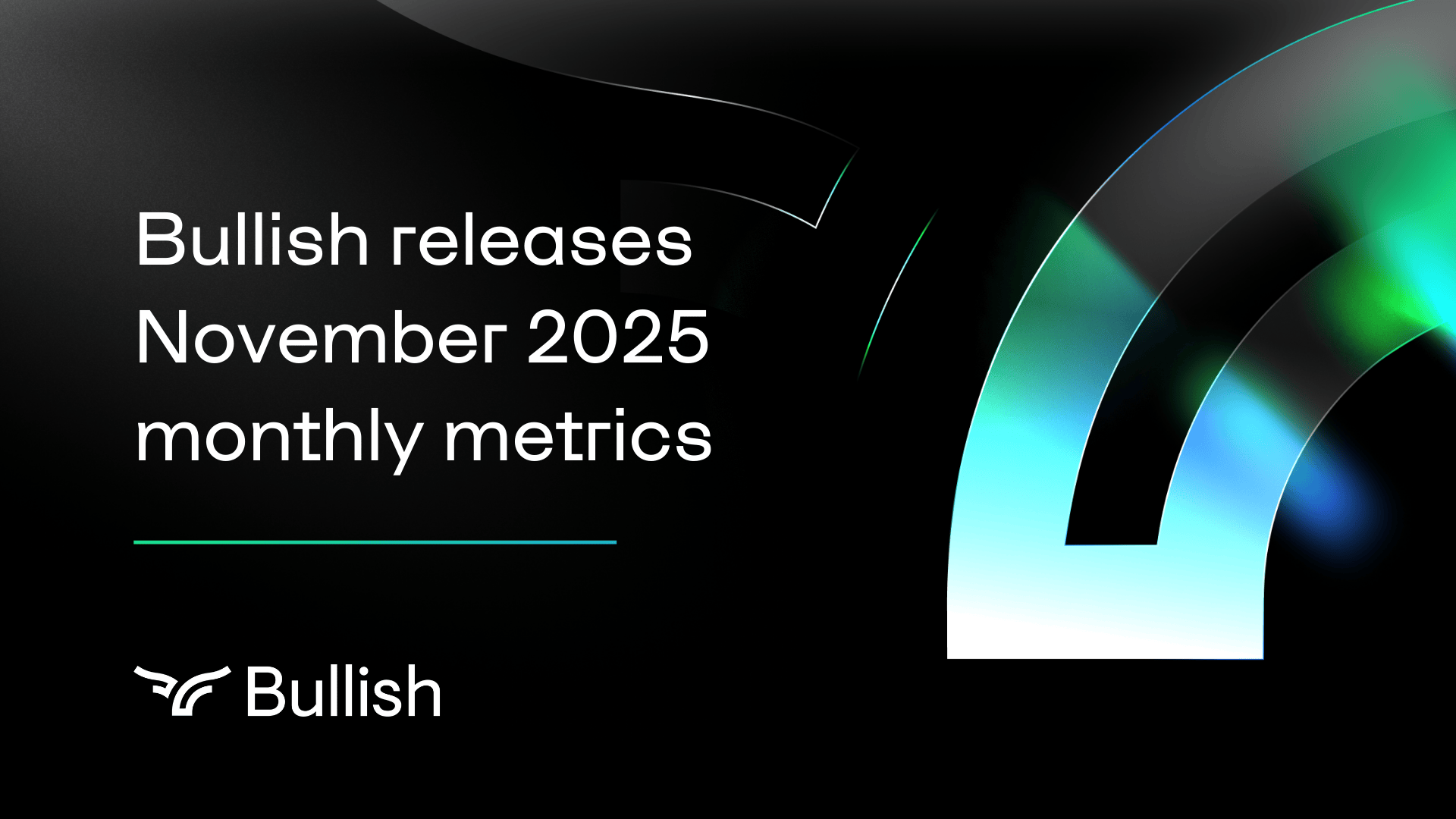The Bullish Professional Trading Competition is underway. Track the top traders.
Wrapped Bitcoin (WBTC) is a ERC-20 token that represents bitcoin on the Ethereum network. WBTC provides a way of using bitcoin in smart contracts and makes it more accessible on decentralized exchanges (DEX).
The wrapped bitcoin price tracks that of bitcoin because the two are locked in a 1:1 ratio with proof of reserve (PoR). In essence, the protocol allows bitcoin holders to exchange their bitcoin for an equivalent number of WBTC tokens, which can be put to work on Ethereum and used to access decentralized finance (DeFi) platforms.
Wrapped bitcoin was announced in October 2018 and officially launched in January 2019 by BitGo, Kyber Network and Ren. The network is now managed by a decentralized autonomous organization (DAO), which votes on adding or removing custodians and merchants.
The BitGo, Kyber Network and Ren consortium released the WBTC whitepaper on January 24, 2019, and on January 31, 2019 the token was launched with eight merchants facilitating bitcoin-to-WBTC conversions. Additional merchants followed thereafter.
Wrapped bitcoin is created when a customer requests Ethereum-based ERC-20 tokens from a merchant in exchange for their bitcoin. Upon receipt of the request, the merchant then carries out a Know Your Customer (KYC) and Anti-Money Laundering (AML) process to verify customer identity and initiates a transaction with a custodian (BitGo). The custodian then mints a certain number of WBTC and sends them to the merchant’s Ethereum address. Next, the customer and the merchant either perform a trade through a centralized exchange (CEX) or a peer-to-peer transaction (known as an atomic swap) on a decentralized exchange, leaving the merchant with bitcoin and the customer with their WBTC. When the customer wants to convert their WBTC back to bitcoin, they make a request again to the merchant and the WBTC is traded back. The merchant then destroys the wBTC in what is known as a burn transaction. The custodian is then free to release the held bitcoins to the merchant, who can reimburse the end user.The public can view both the minting and burning of WBTC on the Ethereum and Bitcoin blockchains. BitGo is said to audit the system regularly and also initiates PoR transactions on the Bitcoin blockchain, which allows individuals to verify that bitcoin reserves are valid.






